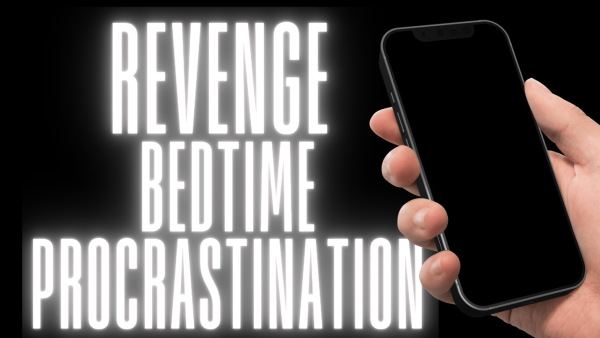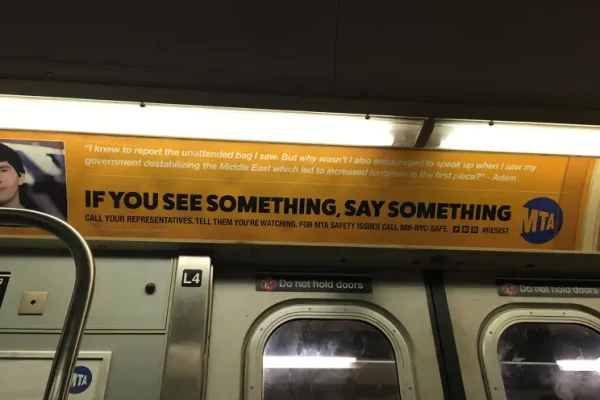Iranian Women’s Protests Follow in the Footsteps of Successful Movements
Protests erupted in Iran last month following the suspicious death of Mahsa Amini while in police custody. Amini, a 22-year-old woman from the Kurdistan province, was visiting Tehran with her family when Iranian morality police arrested her for allegedly violating hijab laws.
Three days after this arrest, Amini entered a fatal coma. The Iranian government announced that Amini suffered a heart attack while going through “educational training on hijab rules.” However, her family challenged that assertion, stating that she was completely healthy prior to the arrest. A photo of Amini in her hospital bed started circulating on social media. This death sparked outrage in many, and within days, demonstrations began to spread across Iran.
The protests in Iran have been primarily led by women in the weeks since. These Iranian women want their government to abolish mandatory hijab laws and the morality police, so they’re taking to the streets and “stripping off those headscarves, waving [them] in the air and tossing [them] into the fire,” according to The New York Times. As a result of these protests, more than 200 people have been killed and more than 10,000 people have been arrested while participating.
The situation is both tragic and inspiring. I believe these demonstrations are the most effective way for Iranian women to bring about the change they want to see.
Disruption is the ultimate key to bringing about change. The Iranian government doesn’t want to change the hijab and dress laws for women or do away with the morality police, and they especially don’t want to acknowledge the core root of these protests, which is about more than just hijabs. Many are calling for the death of the ayatollah and the end of this supreme leadership, leadership with total power that doesn’t support the will of the people. Protesters will have to force their hand, and causing disorder is the way to do it.
Creating disruption doesn’t necessarily mean using violence or causing harm to others. Some people consider peaceful demonstrations to be more effective than violent protests because these demonstrations can draw more support to a cause by attracting a larger audience and increase the movement’s legitimacy. We can see this organization of peaceful movements happening in Iran: Teachers are currently calling for a strike to protest the deaths and detentions of schoolchildren in previous weeks.
People in other countries are rallying in solidarity. The Iranian protesters have done an incredible job so far of gaining support and backing for this issue. Countless people are advocating for abolishing mandatory hijab laws. Even some of the most conservative groups now believe that these mandatory rules are fostering unnecessary resentment toward organized religion.
The situation has also gone beyond just being a women’s issue. The Iranian people are furious over an economy in shambles and government corruption. This has led to displays of unity across the country, and the Islamic Republic likely won’t be able to crush these sentiments.
With that being said, violence during protests isn’t the kiss of death for social or political movements. While only 6% of Black Lives Matter protests reported violent activity, media outlets like Fox News reported that “riots ravaged the nation” following the police deaths of citizens like George Floyd, Breonna Taylor and Ahmaud Arbery. Despite this strong mischaracterization, the protests proved to be effective, with half of the nation’s 65 largest police departments banning or limiting chokeholds since May 2020.
Our history shows plenty of other movements that utilized tactics similar to the women in Iran and ended successfully. Railroad workers in the late 1800s went on strike to protest unsafe working conditions and low wages. These peaceful protests eventually sparked riots for decades to come, prompting people to question the working conditions they were being handed. These protests eventually led to the passing of the National Labor Relations Act in 1935.
It is possible, though, that Iranian protesters will have no choice but to resort to violence, especially if security forces are mercilessly shooting unarmed civilians. In this case, it’s essential for protesters to continue organizing and developing ways to defend themselves against their oppressors. It will probably take a lot of literal blood, sweat and tears for the Iranian people to achieve their goals, especially if one is to end the Islamic Republic and supreme leadership. Although it may lead to more oppression from the government and leaders in the short term, protesting and spreading this message of hope for freedom is the best way for Iranian women to fight for their rights.
Daniella Terilli, GSB ’24, is a marketing major from Westchester, N.Y.

Daniella Terilli is a junior from New York majoring in marketing. She joined the Ram as an opinion writer in September 2021. Outside of school she loves...













































































































































































































